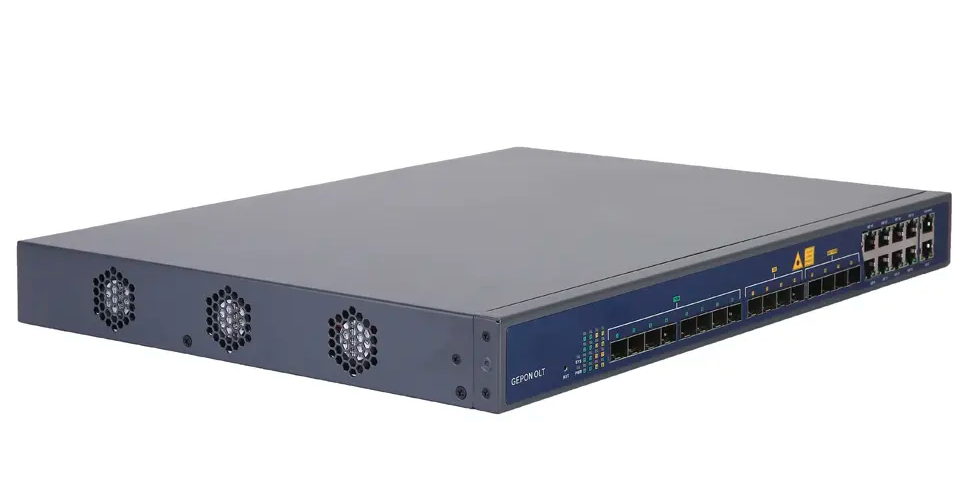In the vast field of satellite communications, technological advancements continue to push boundaries and change the way we connect globally. One of these innovations is the SAT optical node, a groundbreaking development that has revolutionized satellite communications systems. In this article, we will delve into the concept, benefits and implications of SAT optical nodes and their impact on the world of satellite communications.
Learn about SAT optical nodes
SAT Optical Node (SON) is an advanced technology that combines the field of satellite communications with optical networks. It effectively bridges the gap between terrestrial and satellite networks, enabling faster and more reliable communication channels. The SON system uses optical fiber to transmit and receive data in the form of laser signals, which has significant advantages over traditional satellite communication methods.
Enhanced speed and bandwidth
One of the key advantages of SAT optical nodes is their ability to provide enhanced speed and bandwidth capabilities. By utilizing fiber optics, SON can transmit data at incredible speeds, allowing for seamless communications and fast data transfer. The increased bandwidth significantly improves reliability and efficiency, making it a valuable asset for a variety of applications including Internet connectivity, remote sensing, and telemedicine.
Improve signal quality and resiliency
SAT optical nodes ensure improved signal quality and resiliency compared to traditional satellite communication systems. The optical fibers used in SON are immune to interference caused by electromagnetic radiation, allowing for a higher signal-to-noise ratio and reduced signal attenuation. This means that SON can maintain a stable and reliable connection even in harsh weather conditions or high-density communication environments.
Reduce latency and network congestion
SAT optical nodes effectively solve the delay problem that often plagues satellite communication systems. With SON, data can be transmitted at the speed of light over optical fiber, minimizing latency and reducing network congestion. This is especially important for real-time applications such as video conferencing, online gaming and financial trading. The low latency provided by SAT optical nodes enhances the overall user experience and opens the door to new possibilities in satellite communications.
Potential for future innovation
SAT optical nodes have become a disruptive technology, opening up exciting possibilities for future innovation in satellite communications. Its integration with optical networks paves the way for advancements such as optical cross-connects and software-defined networks, further simplifying and optimizing satellite infrastructure. These advancements have huge potential to improve global connectivity, expand communications capabilities and drive innovation in various fields.
in conclusion
SAT optical nodes represent a major leap forward in satellite communications technology. With its ability to deliver enhanced speed, bandwidth and signal quality, it offers significant advantages previously unachievable with traditional satellite communications systems. Reduced latency, increased network resiliency and the potential for future innovation make SAT optical nodes an industry game changer. As this technology continues to develop, it is expected to reshape the satellite communications landscape, enabling more efficient and reliable global connectivity in the coming years.
Post time: Sep-21-2023



